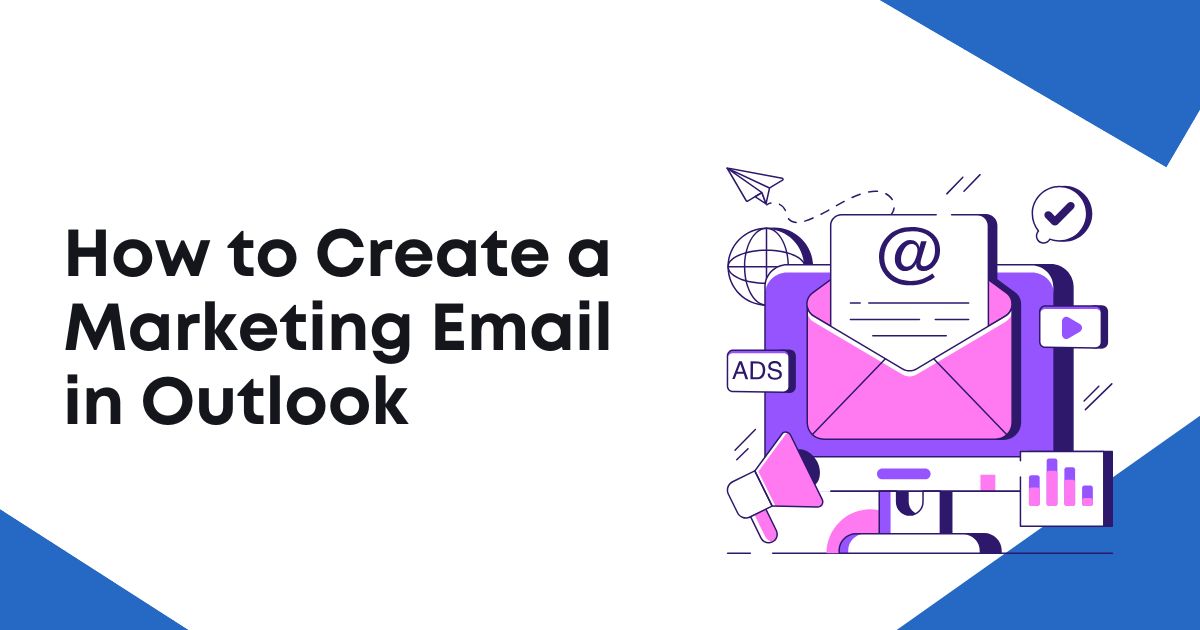
Microsoft Outlook isn’t just for sending quick messages to colleagues. With the right approach, you can transform this familiar email platform into a powerful marketing tool that reaches your audience directly and drives meaningful engagement.
Many small business owners and entrepreneurs already use Outlook for their daily communications, making it a natural choice for marketing campaigns. The platform offers built-in features that can help you create professional-looking emails, manage contact lists, and track basic performance metrics without investing in expensive third-party software.
This guide will walk you through the entire process of creating effective marketing emails using Outlook, from setting up your contact lists to designing compelling content that converts readers into customers.
Setting Up Your Marketing Foundation

Before diving into email creation, you need to establish a solid foundation for your marketing campaigns. Start by organizing your contacts into meaningful groups that reflect your different audience segments.
Navigate to the People section in Outlook and create contact groups based on criteria like customer type, purchase history, or geographic location. For example, you might have separate groups for “New Customers,” “Repeat Buyers,” and “Newsletter Subscribers.” This segmentation allows you to tailor your messaging to specific audiences, which typically results in higher open rates and better engagement.
Next, ensure your sender information is professional and recognizable. Use a business email address rather than a personal one, and set up a clear display name that recipients will immediately associate with your brand.
Crafting Your Marketing Email Content
The success of your marketing email largely depends on three critical elements: your subject line, email body, and call-to-action. Each component plays a specific role in guiding recipients toward your desired outcome.
Writing Subject Lines That Get Opened
Your subject line serves as the gatekeeper to your email content. Keep it between 30-50 characters to ensure it displays fully on mobile devices. Use action-oriented language and create a sense of urgency or curiosity without resorting to spam-trigger words like “FREE!!!” or “ACT NOW!!!”
Effective subject lines often include numbers, questions, or personalization elements. Instead of “Newsletter #47,” try “5 marketing mistakes costing you customers” or “Sarah, your exclusive discount expires tomorrow.”
Structuring Your Email Body
Start your email with a clear, benefit-focused opening that immediately tells readers why this message matters to them. Use short paragraphs, bullet points, and plenty of white space to make your content easy to scan.
Include relevant images or graphics to break up text and illustrate your points, but remember that many email clients block images by default. Your message should remain clear and compelling even without visual elements.
Creating Compelling Calls-to-Action
Every marketing email needs a specific, actionable next step. Whether you want recipients to visit your website, make a purchase, or download a resource, make your call-to-action button or link prominent and easy to find.
Use action verbs like “Download,” “Shop Now,” or “Learn More” rather than generic phrases like “Click Here.” Place your primary call-to-action above the fold and consider repeating it at the end of longer emails.
Designing Professional-Looking Emails in Outlook
While Outlook doesn’t offer the advanced design templates found in dedicated email marketing platforms, you can still create visually appealing messages using built-in formatting tools.
Access the formatting options through the Format Text tab when composing your email. Choose fonts that are web-safe and easy to read across different devices. Stick to a maximum of two font types and use consistent colors that align with your brand identity.
Create a visual hierarchy using different font sizes and weights for headers, subheaders, and body text. Bold important information and use italics sparingly for emphasis.
For more complex layouts, consider creating your email template in a program like Word or PowerPoint, then copying and pasting the formatted content into your Outlook message. This approach gives you more control over spacing and alignment.
Managing Your Email Distribution
Outlook provides several options for sending emails to multiple recipients while maintaining a professional appearance. The method you choose depends on your list size and privacy requirements.
For smaller lists (under 50 recipients), you can add contacts to the BCC field to hide recipient information from other readers. This approach works well for targeted campaigns to specific customer segments.
For larger distributions, use Outlook’s mail merge feature in conjunction with Microsoft Word. This powerful combination allows you to personalize each email with recipient names and other custom information while sending to hundreds of contacts efficiently.
Create your email template in Word, then use the Mailings tab to connect your Outlook contact groups. You can insert personalized fields like first names, company names, or custom messages based on your contact data.
Essential Email Marketing Best Practices
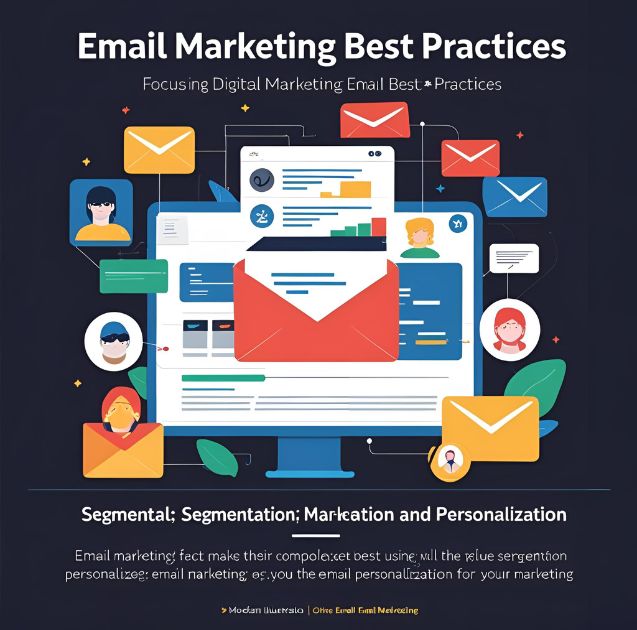
Successful email marketing extends beyond the technical aspects of creating and sending messages. Understanding and implementing key best practices will significantly improve your campaign results.
Send your marketing emails at optimal times when your audience is most likely to engage. Generally, Tuesday through Thursday between 10 AM and 2 PM show higher open rates, but test different timing with your specific audience to find what works best.
Always include an unsubscribe option to comply with anti-spam regulations and maintain good relationships with your contacts. While losing subscribers might seem counterproductive, it’s better to have a smaller, engaged list than a large list of uninterested recipients.
Monitor your sending reputation by avoiding spam triggers in your content and maintaining good list hygiene. Remove bounced email addresses promptly and respect unsubscribe requests immediately.
Measuring and Improving Your Results
Outlook’s built-in tracking features are limited compared to specialized email marketing platforms, but you can still gather valuable insights about your campaign performance.
Enable read receipts to track which recipients opened your emails, though keep in mind that many users disable this feature. For more detailed analytics, consider using trackable links that redirect through URL shortening services like Bitly, which provide click-through data.
Create a simple spreadsheet to track key metrics for each campaign, including send date, subject line, recipient count, and any available engagement data. Over time, this information will help you identify patterns and improve your approach.
Pay attention to the responses you receive and the actions people take after reading your emails. Direct feedback from customers often provides more valuable insights than numerical metrics alone.
Taking Your Email Marketing to the Next Level
While Outlook serves as an excellent starting point for email marketing, growing businesses eventually benefit from dedicated email marketing platforms that offer advanced features like A/B testing, detailed analytics, and automated campaign sequences.
Start experimenting with simple automation using Outlook’s rules feature to send follow-up emails based on specific triggers. You can also create email templates for common marketing messages to maintain consistency and save time.
Consider integrating your Outlook-based email marketing with other business tools like your CRM system or social media platforms to create a more cohesive marketing strategy.
Building an effective marketing email strategy takes time and experimentation. Start with the fundamentals covered in this guide, then gradually incorporate more advanced techniques as you gain experience and your business grows. The key is to remain consistent, provide value to your recipients, and continuously refine your approach based on the results you achieve.



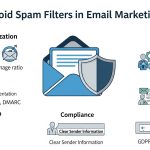

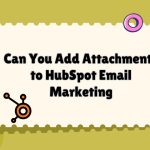
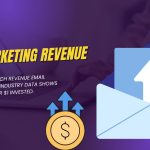
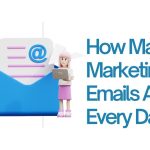
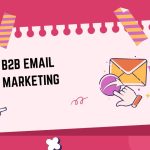
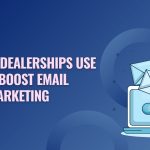





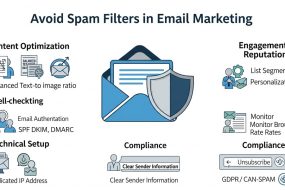
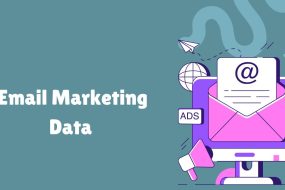
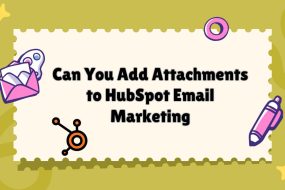
No Comments